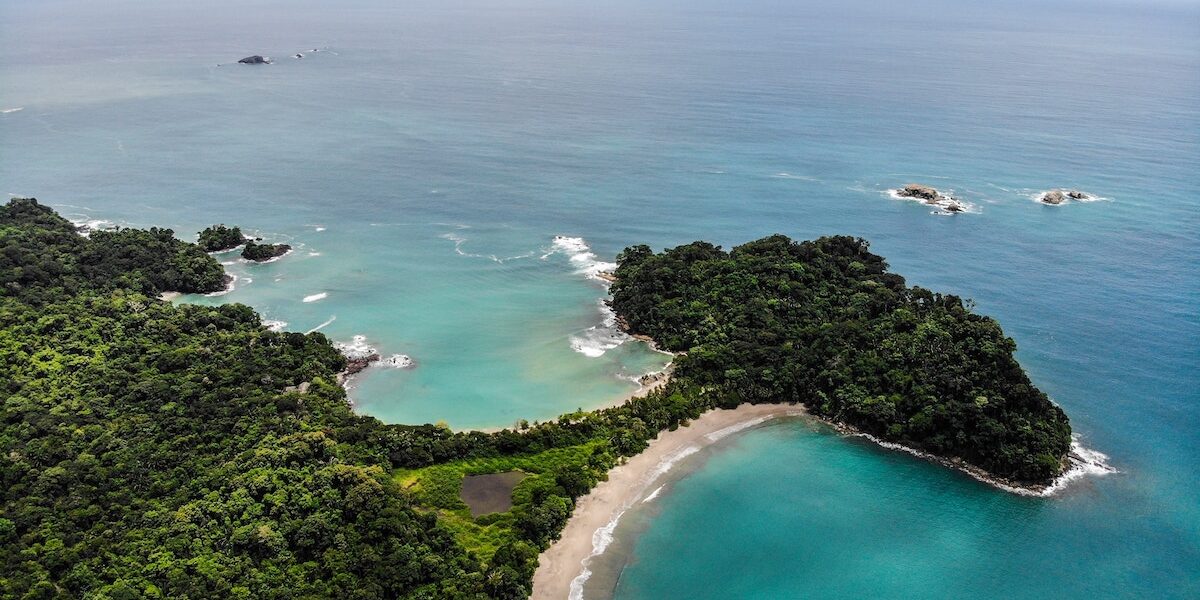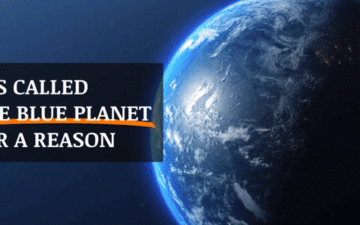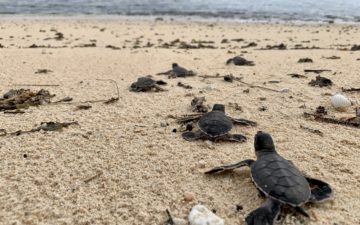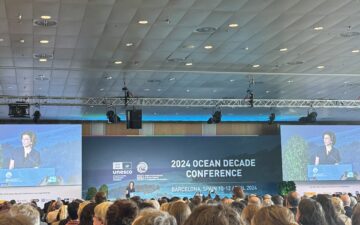By: Ben Scheelk, Program Associate, The Ocean Foundation
In July 2014, Ben Scheelk of The Ocean Foundation, spent two weeks in Costa Rica volunteering on a trip coordinated by SEE Turtles, a project of The Ocean Foundation, to see firsthand some of the conservation efforts taking place throughout the country. This is the first entry in a four-part series on the experience.
Volunteering with SEE Turtles in Costa Rica: Part I
This is when trust becomes everything.
Standing at a dock on a milk chocolate colored canal, our small group, consisting of Brad Nahill, director and co-founder of SEE Turtles, and his family, along with professional wildlife photographer, Hal Brindley, watched as our driver drove off into the endless expanse of banana plantations where we had come from. We had traveled for hours, from the sprawling suburbs of San José, Costa Rica, across the treacherous mountain road bisecting the cloud forests of Parque Nacional Braulio Carrillo, and finally through the vast monoculture lowlands strafed by small yellow planes which dive-bomb the crops with an invisible but deadly payload of pesticides.
Standing at the edge of the jungle with our luggage and a sense of baited anticipation, it was like a sonic wake had passed, and the dull monotony of traffic still ringing in our ears gave way to a unique and vibrant acoustic environment found only in the tropics.
Our faith in logistics was not misplaced. Soon after we arrived, the boat that was to bring us down the canal pulled up to the dock. We were treated to a mini-expedition into the heart of the jungle, the thick vermillion canopy occasionally receding to offer glimpses of coral-hued clouds reflecting the last glimmers of the setting sun.
We arrived at a remote outpost, Estacíon Las Tortugas, one of SEE Turtles’ fifteen community-based partners. SEE Turtles, one of nearly fifty projects hosted by The Ocean Foundation, provides opportunities for travelers from around the world to do more than just vacation, but instead experience firsthand the work being done on the front lines of sea turtle conservation. At Estacíon Las Tortugas, volunteers assist in protecting the sea turtles that nest in the area, particularly the largest species currently in existence, the leatherback, which is critically endangered and at severe risk of going extinct. In addition to nightly patrols to ward off poachers and other animals that feast on the turtles’ eggs, nests are moved to the station’s hatchery where they can be closely monitored and protected.
What struck me first about our destination was not the isolation, or the off-grid accommodations, but rather a subdued roar in the immediate distance. In the fading twilight, illuminated by flashes of lightning on the horizon, the frothy outline of the Atlantic Ocean could be seen breaking violently on the black sand beach. The sound—equally sublime and intoxicating—drew me like some primordial addiction.
Trust, it seems, was a recurring theme throughout my time in Costa Rica. Trust, in the expertise of my guides. Trust, that well-laid plans would not be usurped by the frequent tempests rolling off the turbid sea. Trust, in the person in front of me to navigate our group through the inky blankness around debris littering the beach as we patrolled beneath a canopy of stars for any signs of leatherbacks emerging from the ocean. Trust, that we had the resolve to stop any poachers who seek to loot the precious living cargo left behind by these majestic prehistoric reptiles.
But above all, it is about trust in the work. An undying faith shared by everyone involved that this effort is meaningful and effective. And, at the end of the day, trust that the delicate baby turtles we released into the sea—so precious and vulnerable—will survive the mysterious lost years spent in the depths of the ocean, to return to these beaches someday to lay the seeds of the next generation.







